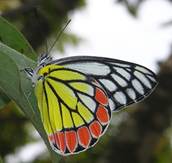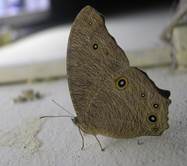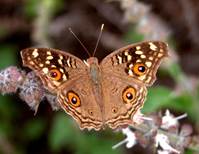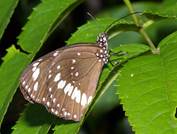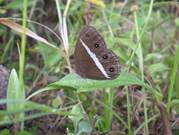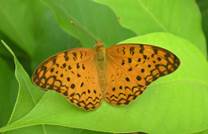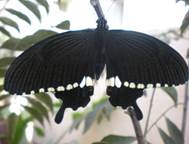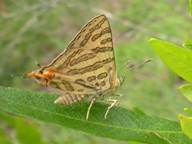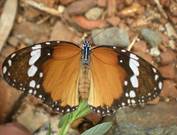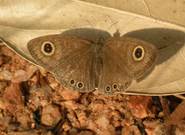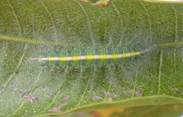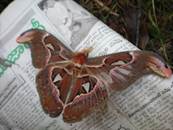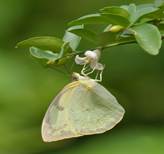ENVIS Technical Report: 89, July 2015 |
|
|
 |
Biodiversity, Ecology, Energy, Landscape Dynamics & Hydrology of Agastya Foundation Campus, Kuppam |
|
| Ramachandra T. V.* | Harish R.Bhat | Bharath H. Aithal | Rao G. R. | Sudarshan P.Bhat |
| Vinay S. | Ganesh Hegde | Gouri Kulkarni | Vishnu D. Mukri |
*Corresponding author: cestvr@ces.iisc.ac.in, energy@ces.iisc.ac.in [080-22933099]
Butterflies are part of the class of insects in the order Lepidoptera. The group comprises the true butterflies (superfamily Papilionoidea), the skippers (superfamily Hesperioidea) and the moth-butterflies (superfamily Hedyloidea). Butterfly fossils date to the mid Eocene epoch, 40–50 million years ago. Butterflies have 4 stages of life cycle: Egg; Larva; Pupa and Adult. Butterflies in their adult stage can live from a week to nearly a year depending on the species. Adult butterflies have large, often brightly coloured wings, and conspicuous, fluttering flight. Many species have long larval life stages while others can remain dormant in their pupal or egg stages and thereby survive winters. Butterflies are very particular of host plants, on which the female lays eggs. Butterfly larvae, or caterpillars, consume host plant leaves and spend practically all of their time in search of food. Host plants often have toxic substances in them and caterpillars are able to sequester these substances and retain them into the adult stage. This makes them unpalatable to birds and other predators. Such unpalatibility is advertised using bright red, orange, black or white warning colours. The toxic chemicals in plants are often evolved specifically to prevent them from being eaten by insects. Insects in turn develop countermeasures or make use of these toxins for their own survival. This "arms race" has led to the coevolution of insects and their host plants. (Ehrlich, P. R.; Raven, P. H. (1964). "Butterflies and plants: a study in coevolution". Evolution 18 (4): 586–608) Butterflies feed primarily on nectar from flowers. Some also derive nourishment from pollen, tree sap, rotting fruit, dung, decaying flesh, and dissolved minerals in wet sand or dirt. Butterflies are important as pollinators for some species of plants, although, in general, they do not carry as much pollen load as bees. They are, however, capable of moving pollen over greater distances. (Gilbert, L. E. (1972). "Pollen feeding and reproductive biology of Heliconius butterflies". Proceedings of the National Academy of Sciences 69 (6): 1402–1407). There are between 15,000 and 20,000 species of butterflies worldwide and in India there are about 1,800 species. The Agastya Foundation Campus at Kuppam with diverse landscape elements has varied types of habitats for host plants and nectar plants. This has contributed to flourishing of butterflies in the area. Interactive butterfly garden was established with planting of host plants and creating an artificial pond. Each host plant was named along with a pictorial board indicating the dependent butterfly and its life cycle. Several butterfly species breed and interact with the host plants, which helps students visiting the campus to have a hands on session regarding butterfly. During the study, 49 species of butterflies were recorded in the campus (Table 1). Table 1: Butterfly Species in the Agastya Foundation Campus at Kuppam
| |||||||||||||||||||||||||||||||||||||||||||||||||||||||||||||||||||||||||||||||||||||||||||||||||||||||||||||||||||||||||||||||||||||||||||||||||||||||||||||||||||||||||||||||||||

